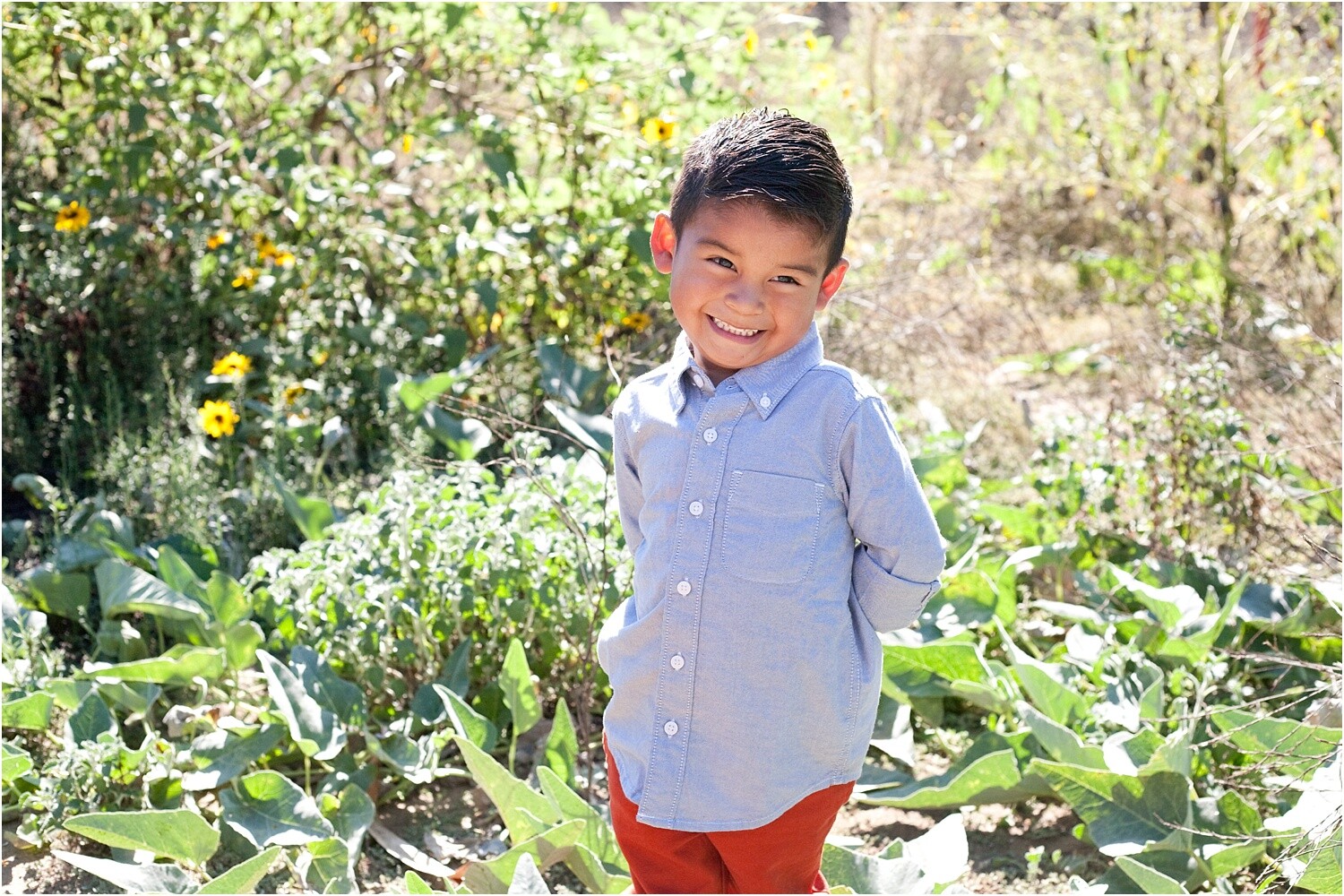7 Ways To Take Your Photography To The Next Level
 #TravelPhotographer#Portraits#PhotographingFood
#TravelPhotographer#Portraits#PhotographingFood1. Photograph Something Different
One of the things many photographers are guilty of doing is photographing the same things over and over again. If you did the same thing again and again, eventually you’d get fed up with it. So, a great way to boost your passion for photography is to photograph something completely different. For example, if you are a travel photographer, spend some time photographing wildlife. If you take portraits, start photographing food.Not only will this help reignite your passion, but it can also add more skills to your repertoire. You never know, you may find a new passion you never knew you had.

2. Work On a Brief
Remember when you were at school and had to work on projects set by the teacher? It required you to learn about the subject, think about it and create a piece of work to present to your teacher. The concept of working on a brief is the same. You are given a topic or subject to photograph, and you take photos that answer the brief.The project could be anything from a simple task of documenting a local event, to photographing a remote tribe in another country. Many people who take up photography as a hobby take photos of things that they come across rather than a specific brief. Working on a brief can help focus your photography and make you think about things differently.
Ask a friend or family member to set you a brief. It could be on anything. After you receive the brief, go about creating a set of images that respond to it.

3. Set Yourself a Challenge
Another way to improve your photography is to set yourself challenges. These can help diversify your portfolio. For example, you may have lots of photos but are missing some nice close-ups. So, set yourself a challenge to capture one close-up image every day. Perhaps you have a weakness in a specific area of photography? Set yourself a challenge to improve that one element.If you are a shy person and struggle to approach people to take their photo, set yourself a challenge to photograph ten people in one day. You’ll be surprised how much more confident you feel after doing so.

4. Read, Watch, Follow
One of the best ways to improve your photography is to be inspired by photographers whose work you admire. Follow photographers on social media whose work inspires you. Look at the work of the masters like Ansel Adams, Steve McCurry, and Robert Capa. Read books such as the ‘Bang Bang Club‘ and watch documentaries and movies about photography. Even flicking through photography books or magazines can help inspire you. However, remember the objective should be to be inspired, not copy someone else’s work.
5. Get a Photo Buddy
Photography is usually an isolated hobby and can be difficult to judge how well you are doing. Having someone who shares your passion can help motivate you while also giving you someone to bounce ideas off. You can learn from one another and push each other to capture better images. If you don’t know anyone who has a passion for photography, join your local camera club where you can meet likeminded individuals.
6. Rent or Buy a Film Camera
There is no doubt that cameras are better and more powerful than they have ever been. You’ll find it hard finding many photographers who still shoot in film.Still, one negative of digital photography is that it makes the decision of taking photos easy. Back in the days of film, every single photo you took cost money. Meaning, you had to be sure of what you were photographing to avoid wasting money. So you didn’t waste money, you had to think a lot harder about a scene. You had to think about your settings and if it was an interesting subject. You didn’t have the luxury of looking at the picture on the back of your camera.
Try it out. Rent film camera for a day, or buy a second-hand one, and see if it makes you think differently about photography.

7. Go On a Photo Tour
Photo tours are quite common these days. Tours usually entail going to a country and touring it with the purpose of capturing photos. Ranging from a few days to weeks, tours are one of the best ways to boost your photography. You are away with likeminded individuals who share your passion, and you are joined by a professional photographer who can help you with your photographic weaknesses.Nevertheless, arguably the most significant benefit of a photo tour is you are immersed in photography every day for weeks. If you keep practicing and doing something for hours every day, it’s natural for you to become better at it. So, if you haven’t tried a photo tour or workshop, give it go. It could be the best way to boost your photography skills and passion.

Like any other hobby or profession, you need to continually challenge yourself, set goals and have the motivation to create great photos. Sometimes that comes naturally, like when you are heading to a fantastic destination. At other times you have to make an effort to push yourself to be able to take your photography to the next level. The above tips should help you on your way, but ultimately it is down to you to push yourself.














 Share this page.
Share this page.  #Photography#Photographybusiness#Mini-sessions
#Photography#Photographybusiness#Mini-sessions


























